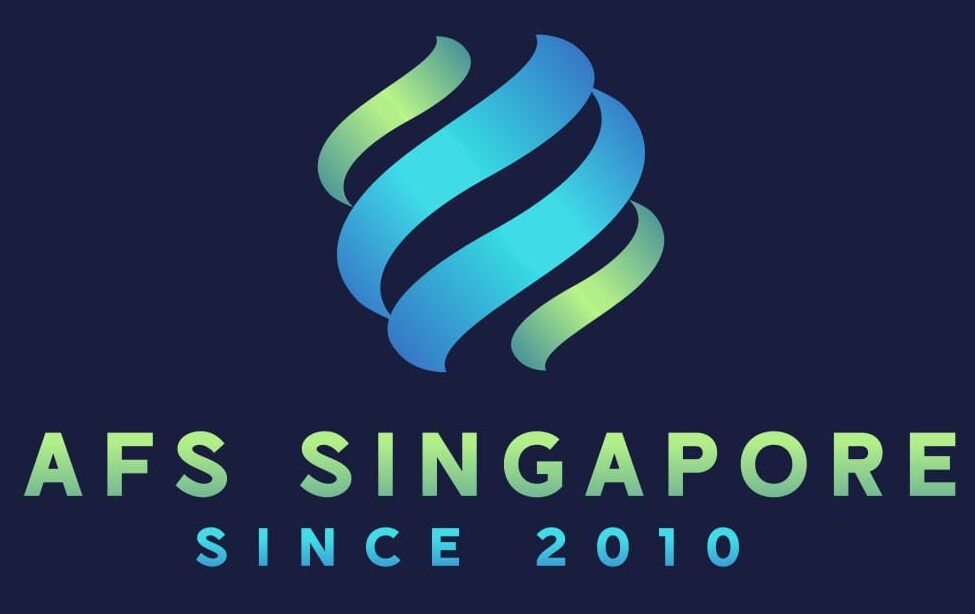

Justice Without Borders
AFS SINGAPORE (ABITRA) PTE LTD
(UEN 201013297K)
Global Legal Expertise Providing Strategic arbitration, litigation, and treaty law
consulting across Asia-Pacific and beyond
Confidential and Security
Quick Links
Location
100D Pasir Panjang Road,
#05-03 Meissa,
Singapore 118520
Tel: +65 6978 8564
Email: hello@afssingapore.com
Website: https://www.afssingapore.com
